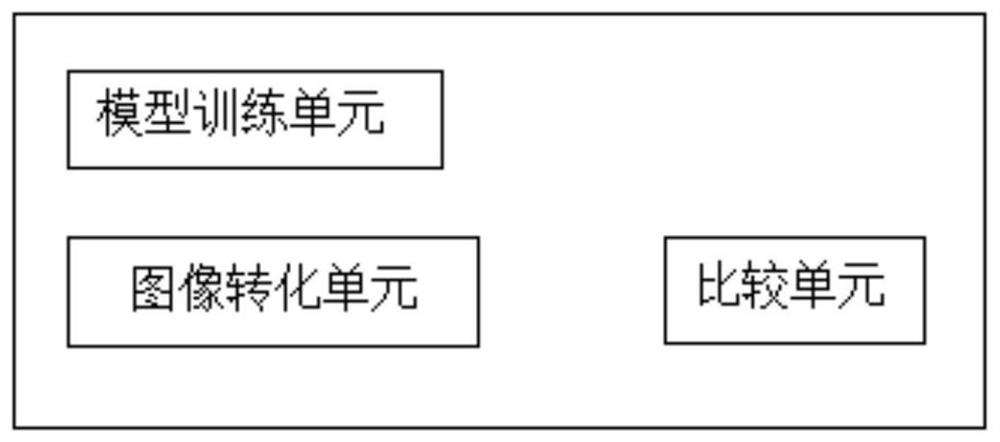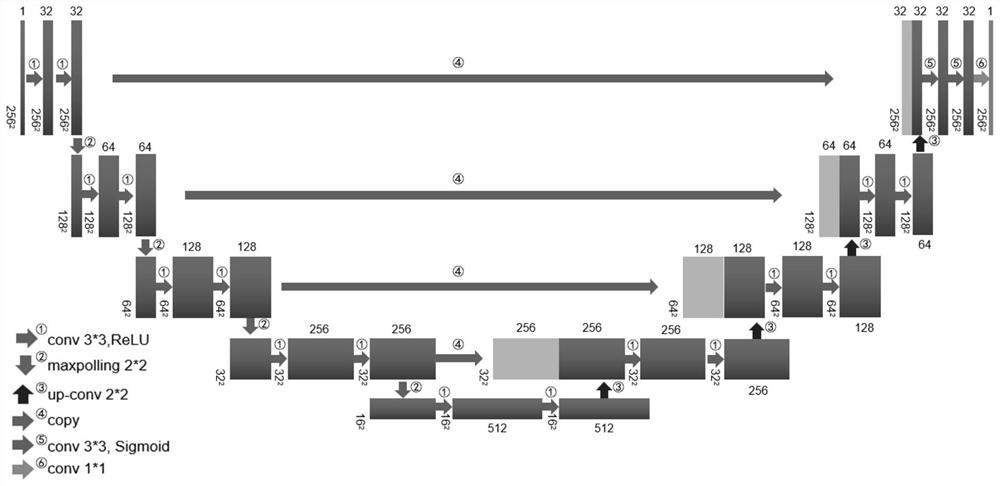A Conversion System for Positioning Images
A technology for locating images and images, applied in image enhancement, image analysis, image data processing, etc., can solve the problems of unreliable and unsafe reference benchmarks, and achieve the effect of non-invasive in vivo dose dynamic monitoring and precise management of respiratory motion
- Summary
- Abstract
- Description
- Claims
- Application Information
AI Technical Summary
Problems solved by technology
Method used
Image
Examples
Embodiment 1
[0031] Embodiment one: if figure 1 As shown, the technical solution adopted in the present invention is: a positioning image conversion system, including: an image conversion unit, according to the positioning CT to obtain the two-dimensional projection associated with the corresponding breathing time as a reference standard and collected during the treatment process The breathing motion information is compared to obtain a real-time reference benchmark that matches the breathing motion.
[0032] The methods of obtaining respiratory motion signals include but are not limited to: optical body surface system to monitor body surface motion information, respiratory gating system to use infrared rays to track the motion waveform of body surface reflection markers, implant beacons to obtain target areas through signal acquisition devices Or the real-time position of organs, tracking human anatomical markers (such as diaphragm), etc.
[0033] The breathing motion information collecte...
Embodiment 2
[0035] Embodiment two: if figure 2 Shown, on the basis of embodiment one,
[0036] Further, the comparison unit compares the treatment beam with the real-time reference, so as to monitor the status of the patient's treatment beam.
[0037] The treatment beam has time dimension and anatomical space information, which can be compared with the real-time reference benchmark to monitor whether the patient’s treatment beam is set properly. When an abnormal situation occurs, it can give an alarm in time to suspend the treatment. If it is not appropriate, it can be adjusted in real time. Improve patient treatment safety and prognosis, and reduce the risk of major radiotherapy accidents. Further, the positioning CT is three-dimensional CT or four-dimensional CT. Both three-dimensional CT and four-dimensional CT can realize the object of the present invention, and generate a two-dimensional projection map of a specified angle.
[0038] Further, the image conversion unit generates a ...
Embodiment 3
[0087] Embodiment 3: A conversion method for positioning images, comprising:
[0088] The two-dimensional projection associated with the corresponding respiratory time obtained from the positioning CT is compared with the respiratory motion information collected during the treatment process as a reference, and a real-time reference that matches the respiratory motion is obtained.
[0089] Further, the positioning CT is three-dimensional CT or four-dimensional CT.
[0090] Further, the treatment outgoing beam is compared with the real-time reference, so that the state of the patient's treatment outgoing beam can be monitored.
[0091] Further, according to the different respiratory phases of the four-dimensional positioning CT, a two-dimensional projection map of a specified angle is generated, and the two-dimensional projection map is associated with its corresponding breathing time, as the input of the synthetic network model, and the output is the predicted EPID exit beam pr...
PUM
 Login to View More
Login to View More Abstract
Description
Claims
Application Information
 Login to View More
Login to View More - R&D
- Intellectual Property
- Life Sciences
- Materials
- Tech Scout
- Unparalleled Data Quality
- Higher Quality Content
- 60% Fewer Hallucinations
Browse by: Latest US Patents, China's latest patents, Technical Efficacy Thesaurus, Application Domain, Technology Topic, Popular Technical Reports.
© 2025 PatSnap. All rights reserved.Legal|Privacy policy|Modern Slavery Act Transparency Statement|Sitemap|About US| Contact US: help@patsnap.com



